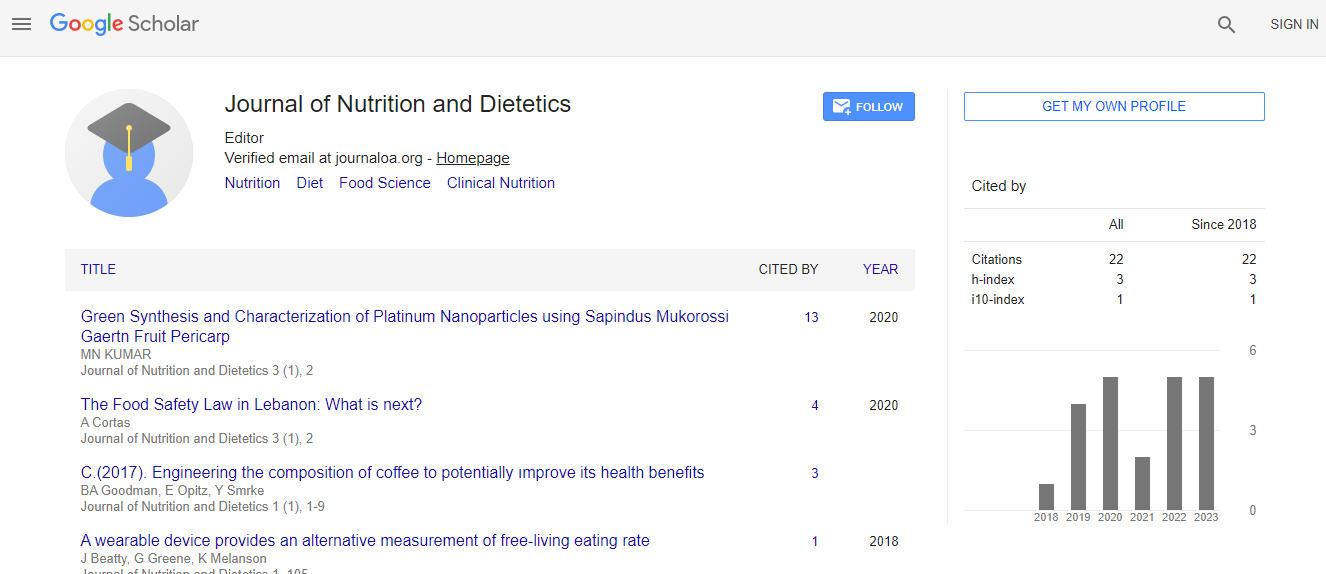Isolation and identification of E coli O157:H7 lytic bacteriophage from environmental sewage
Abstract
Abstract
E. coli O157:H7 is one of pathogenic bacteria causing foodborne disease. Raw cow’s milk and raw beef are primary reservoirs. E. coli O157:H7
could cause diseases by toxin releasing called shiga-like toxin (stx) which could result in food poisoning. Foodborne disease case reduction is
one of the main objectives of national and international food safety programs. The use of lytic bacteriophages can be a good solution to overcome
the disease. Becoming part of environmental system, is also more beneficial for it is more specific and natural to reduce and control the growth
of pathogenic bacteria. This study aim to isolate lytic bacteriophages from environmental sewage against E. coli O157:H7 bacterial cells. The
smple used in this study was 8 bacteriophages, and the technique used in identyfing E. coli O157:H7-carriers of the stx1 and stx2 gene was
PCR, meanwhile the technique used in identyfing bacteriophage was double layer plaque, the bacteriophages was determined by the plaque
morphology, and bacteriophage host range. The result obtained from morphology observation shows a clear zone with the size of 0.7 to 3.5 mm
diameter. Lytic bacteriophages could infect E. coli O157:H7 by titers of 1.3 x 103 to 10 x 1010 PFU/ml. The conclusion obtained from this study is
that lytic bacteriophages from environmental sewage could lyse E. coli O157:H7 and Atypical Diarrheagenic E. Coli, but otherwise with Salmonella
sp. and Shigella sp. Therefore it could be an alternative biocontrol agent to E. coli O157:H7 that contaminates food causing foodborne disease

 Spanish
Spanish  Chinese
Chinese  Russian
Russian  German
German  French
French  Japanese
Japanese  Portuguese
Portuguese  Hindi
Hindi 